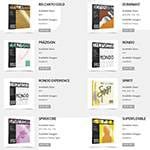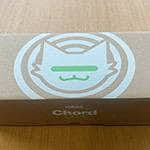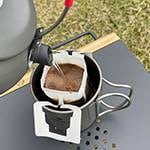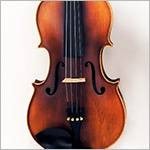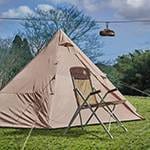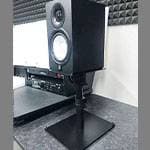In today’s music production landscape, various manufacturers release a vast array of software instruments. Among them, one name continues to shine brightly and is still cherished by countless composers and artists around the globe: the Omnisphere 2 by Spectrasonics.
SPECTRASONICS / Omnisphere 2 (USB Drive) SP
It’s been nearly 20 years since the original Omnisphere first appeared. Despite the passage of time and the rise of countless competitors, Omnisphere remains a favorite among professionals. Why? What exactly makes it so magnetic? What is it that keeps artists coming back to it even now?
The answer, ultimately, is surprisingly simple.
And that answer is…
The Enormous Sound Library
Anyone who has used Omnisphere will likely agree that its sheer number of sounds is staggering. The reason this article calls Omnisphere a “forever synth” is because its library is so vast that you could spend your entire life exploring it and still not get to all the sounds.
In total, Omnisphere boasts over 14,000 unique sounds, making it one of the most comprehensive synth libraries available anywhere.
Now, let’s think about it simply. Suppose you use all 14,000 sounds. For example, if you use 5 Omnisphere patches per song, then 14,000 ÷ 5 = 2,800. This means that you could make 2,800 songs before running out of sounds in Omnisphere’s library.
But, this is assuming you’re just using presets as they are. When you add custom sound patches, tweak waveforms using built-in wavetable features, or apply various effects to create your own unique sounds, it becomes clear: It’s practically impossible to use them all.
This virtually endless library is Omnisphere’s greatest feature. And if we dive deeper into incredible feature, here’s something that I would like to share next:
\ My Top 10 Favorite Sounds /
Even if you know the massive sound library is amazing, you probably want to hear some actual examples.
So, let’s get to them right away ↓
1. Coffee Can Kalimba Felt Ambient
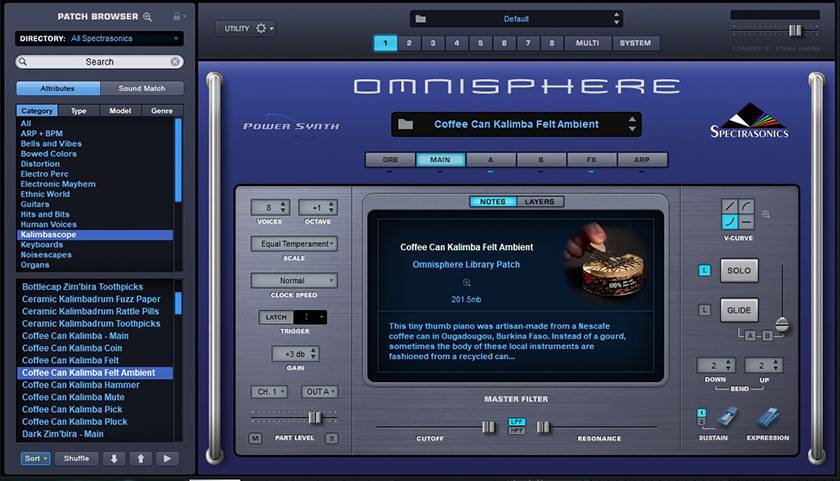
First up is this sound from the “Kalimbascope” category in the library. Omnisphere 2 offers many kalimba tones, but this one has the most pleasant resonance. I recommend adding a bit of reverb and delay to play gentle, plucky melodies that sound really soothing.
2. Boys Choir and Solos Wheel

Next is a chorus sound. Just by playing simple chords, you can produce clear, high-quality tones effortlessly. I personally love how the sound changes delicately depending on the velocity, which adds a nice expressive touch. Also, Omnisphere has a huge chorus library, so just listening through them can be really enjoyable.
3. Cleansing
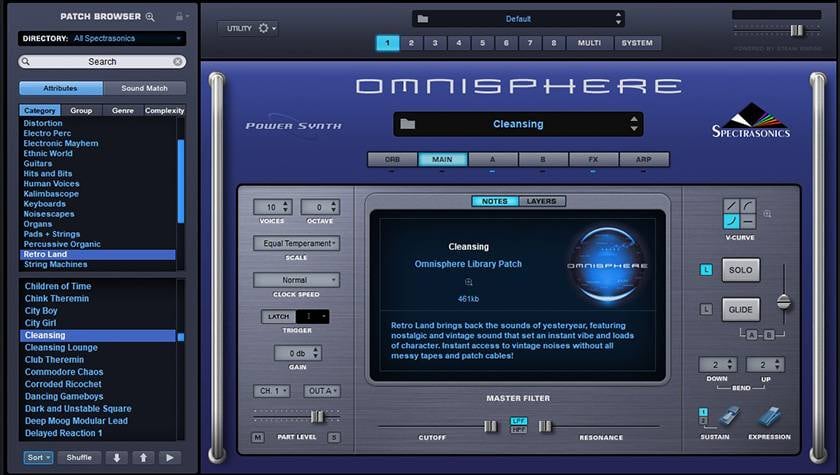
Moving on to pad-like sounds. This one features a shimmering noise combined with spacious, drifting tones that are perfect for ambient or chillout tracks. When I create music, I often start from the sound’s image, and this one makes me picture a distant, hazy monochromatic landscape.
4. Music Box Guitaret
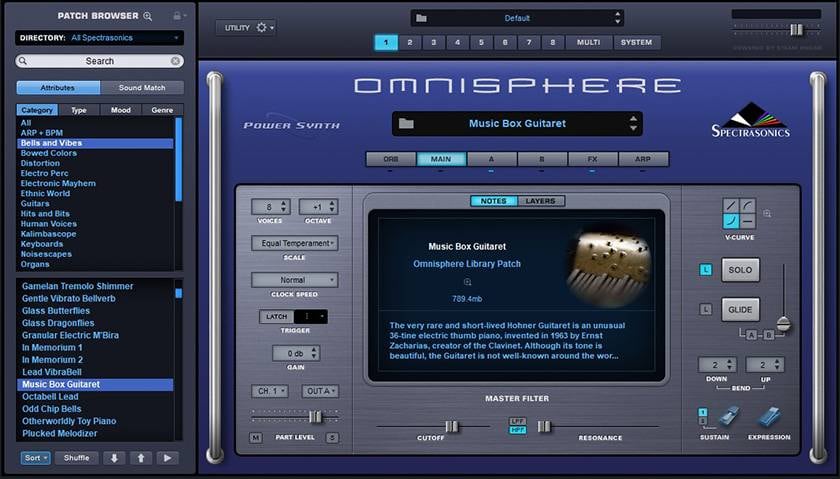
This sound has a nostalgic picture of another time that really stands out. It’s somewhat similar to the kalimba sounds mentioned earlier, but it carries a more wistful, reflective vibe that really hits home for me. It fits perfectly in soft, airy compositions or brighter, toy-like music. Depending on how you use it, you can dramatically change the mood of the sound. Honestly, I just purely love this sound.
5. In a Trance-like State
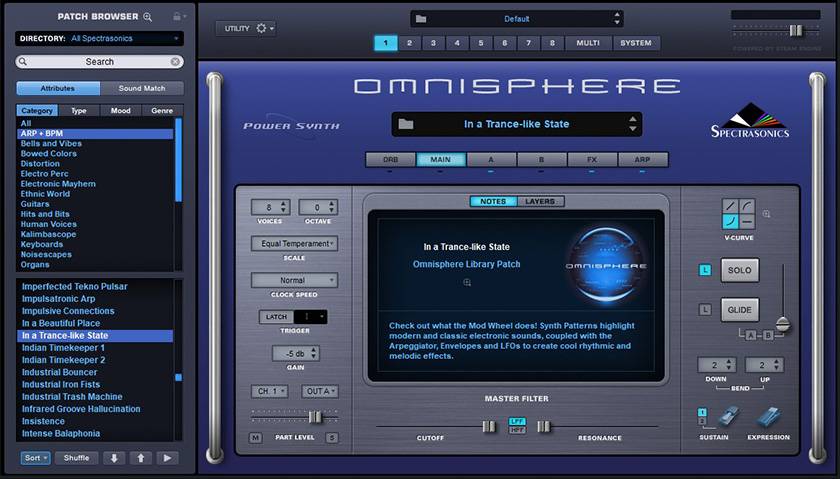
This is a trance-inspired sound featuring a built-in arpeggio, so all you need to do is to just hold down chords and it instantly sounds great. The way the filter is applied gives it a really nice vibe. Even if you simply layer it with a small melody, it sounds really cool. Here, it’s just the sound itself, but combining it with rhythm really makes it shine.
6. Digitalized Square Pluck
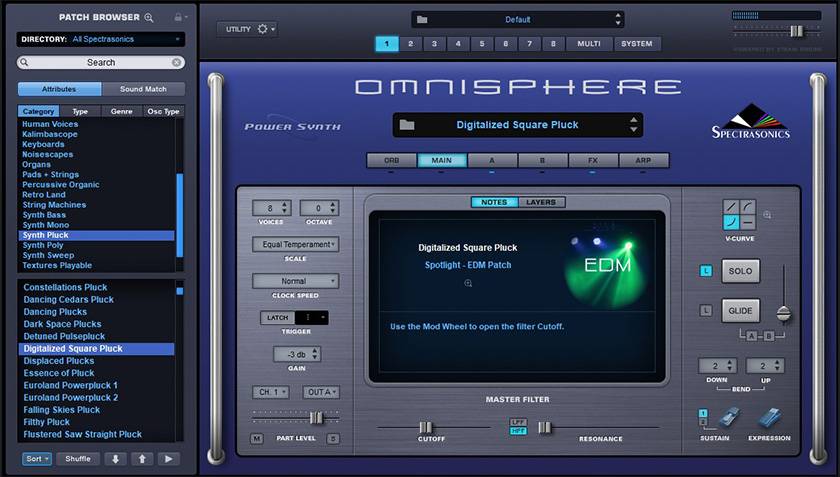
This contour sound has a clear and sharp tone that fits a wide range of genres. It pairs well with the trance-like and synth sounds I mentioned earlier. Depending on how you use it, this sound can become an essential element of your track. It’s great for club music, but I also recommended it for chillout and ambient styles with plenty of reverb for a subtle, atmospheric touch.
7. PRS Lead Guitar a
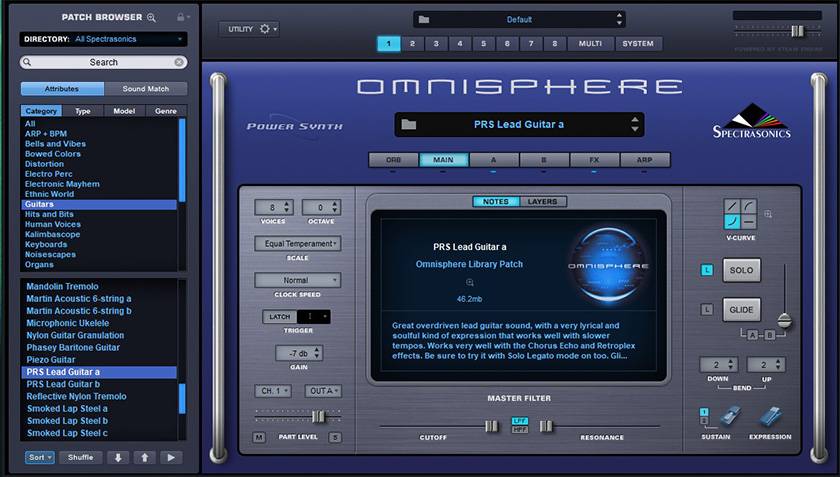
Among many sounds in the library, I personally felt that this lead guitar tone stood out to me. Depending on how you use it, it can blend perfectly into both hard rock tracks and melancholic instrumental pieces. With Omnisphere 2 and other modern guitar sound libraries, the quality is so high that it’s often hard to tell if the guitar was actually being played and recorded or if it was programmed. The advancement in music production technology is truly remarkable.
8. Twinkling Sea Tides
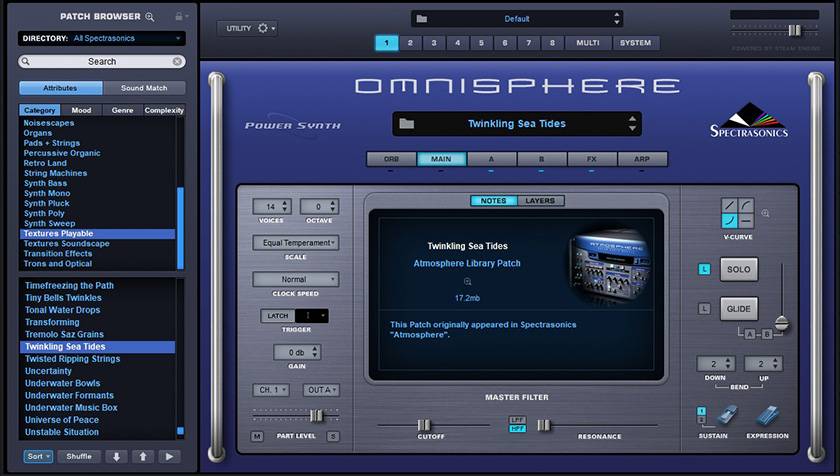
This sound is fresh and sparkly. When listening to it, various vivid images come to mind. The name literally translates to “Twinkling Sea Tides”, which perfectly captures its beautiful and shimmering quality. Honestly, I want to silently nod and enthusiastically shake hands with whoever named this sound—it’s just that fitting.
9. Dusting the Enigma
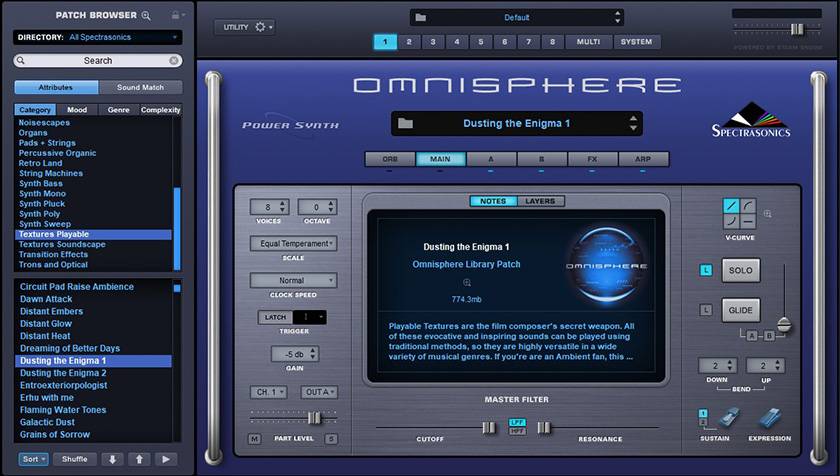
Continuing with the dreamy tones, this sound features a very beautiful arpeggio. After exploring so many sounds, I’ve come to realize that Omnisphere 2 generally offers spacious and emotionally rich tones. The phrase “a lifetime’s worth of sounds” isn’t just about the sheer number, but it’s also about the exceptional quality of each patch, making this a truly timeless synth instrument that you’ll never get tired of.
10. Pipe Organ Cathedral

Lastly, the Pipe Organ Cathedral sound. Although I’ve never actually played a pipe organ, just hearing this patch makes you feel as if you are playing one. The deep, majestic feeling and the weighty spatial presence of the sound are truly impressive. It was a joy to explore and dream up different songs that I could use it in. If you want to experience a divine, awe-inspiring tone, this one is definitely for you.
How was it? There are still many wonderful sounds I would love to show all of you, but this is where I’ll stop for now. If any of these caught your interest, I highly recommend trying Omnisphere 2 to discover your own favorite sounds for yourself.





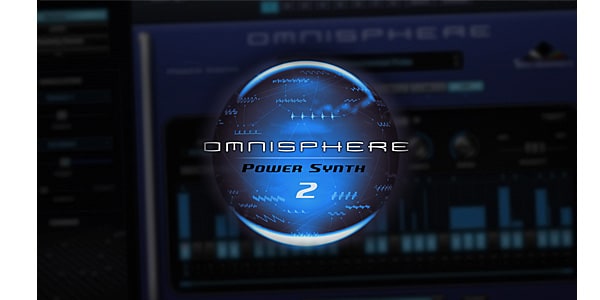


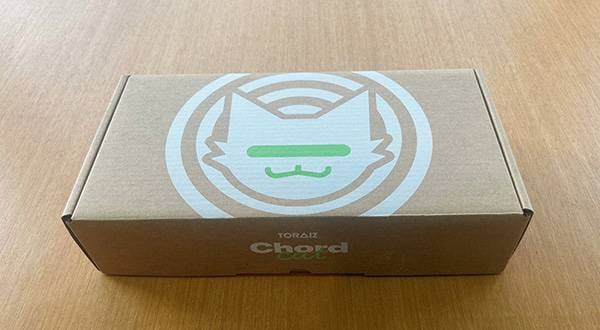
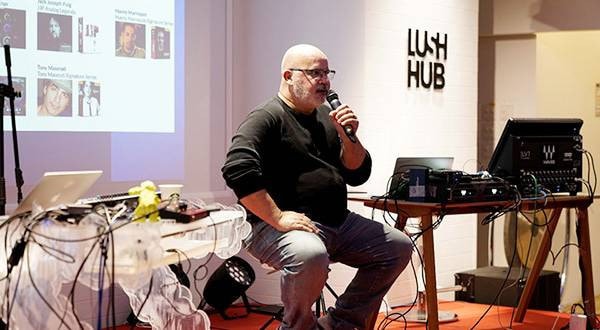

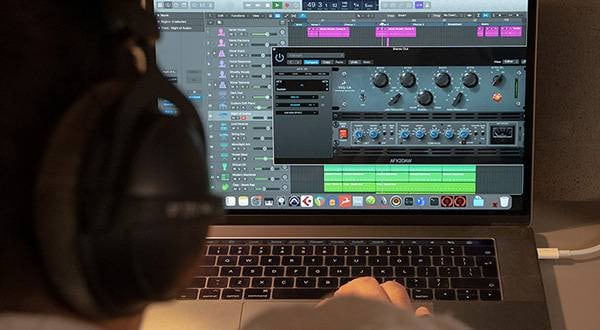
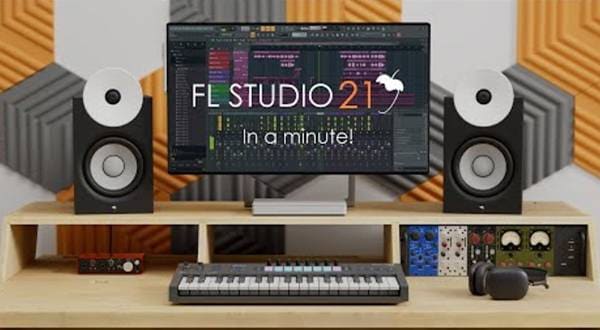
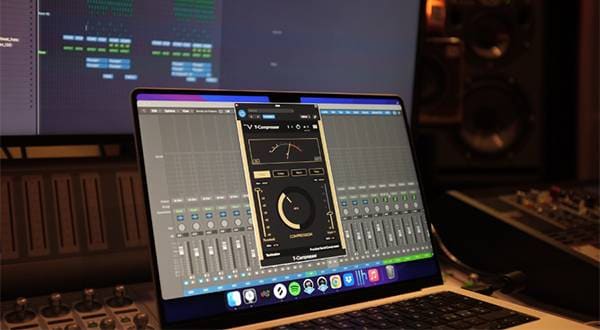


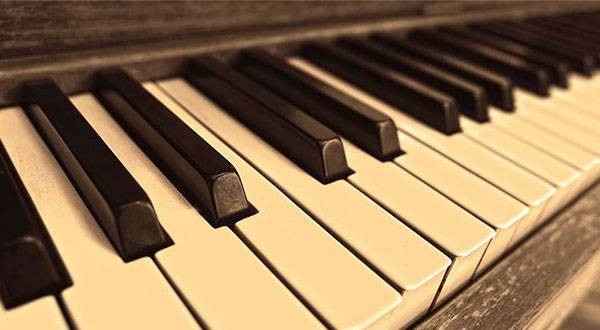


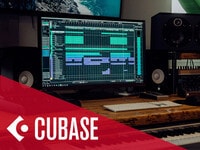 定番DAWソフトウェア CUBASE
定番DAWソフトウェア CUBASE
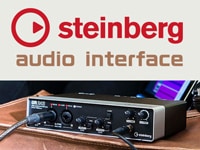 Steinbergおすすめオーディオインターフェイス比較表
Steinbergおすすめオーディオインターフェイス比較表
 PRESONUS オーディオインターフェイス 製品比較表
PRESONUS オーディオインターフェイス 製品比較表
 DTM対談 kors k × かめりあ × Hommarju
DTM対談 kors k × かめりあ × Hommarju
 DTMセール情報まとめ
DTMセール情報まとめ
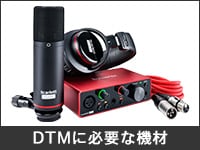 DTMに必要な機材
DTMに必要な機材
